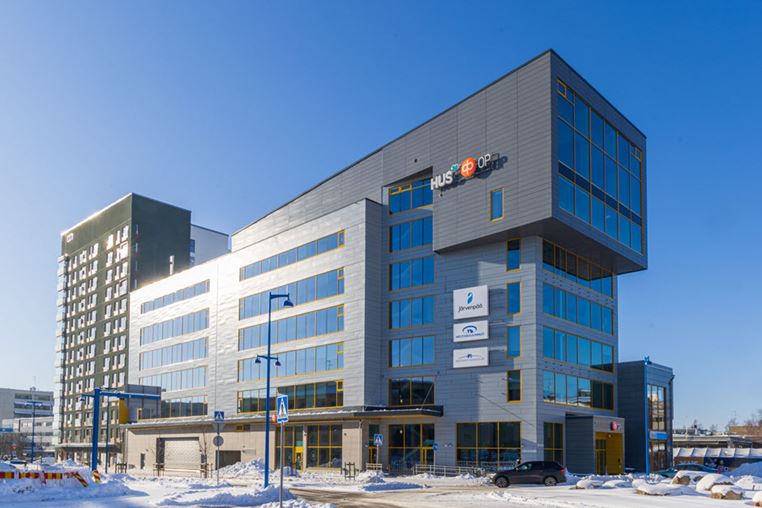Sustainable data centers as a service
- Work
- Construction
- Home
- 3/2/2023
Järvenpää city centre renewed through collaboration
The Bulevardikortteli block in Järvenpää is the first step in consolidating the city centre. A viable project is created when the various parties’ objectives, good planning and finances meet on a shared drawing board.
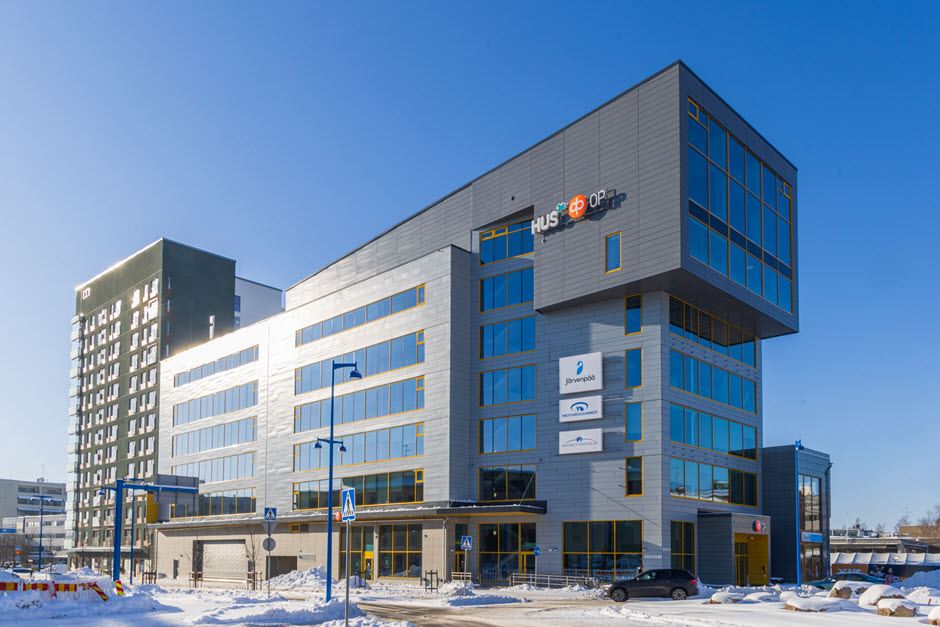
When more life was needed in Järvenpää city centre, the only reasonable way was up. The chief designer of the Bulevardikortteli block, leading architect Timo Meuronen from the architecture company Arco, knows from experience that high-rise construction is a passionate topic. When the block plan, polished in joint workshops between the City of Järvenpää, Arco and YIT, was presented to the city’s residents for the first time, the event venue ran out of chairs.
“The interest indicated that the city centre is a dear place for the city’s residents. The events also reinforced our belief that we, the designers, were on the right path,” Meuronen says.
Many still remember the plot’s original functionalist building: the Perhelä co-op. Soon, Järvenpää’s most important commercial place of the past decades will return to its former glory, as construction of commercial spaces along the pedestrian street in the new Bulevardikortteli block has already started.
Looking at the corner of the new block from the pedestrian street, you will see a reminder of the 1960s and the old co-op’s functionalistic corner. The entire Bulevardikortteli block will be finished in 2025, when its most visible landmark, a 20-storey residential building with amazing views to Lake Tuusulanjärvi, is completed.
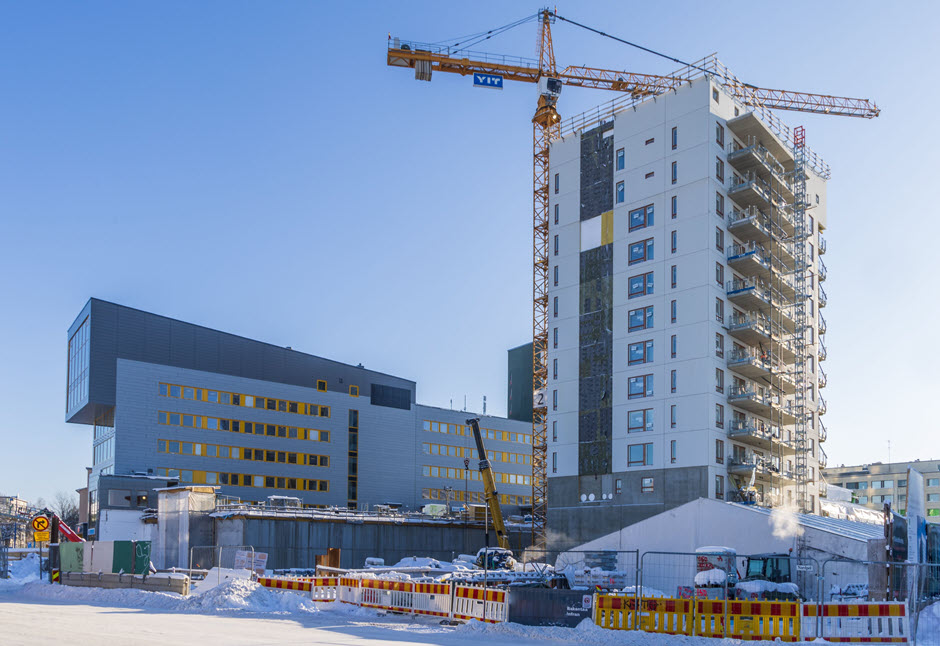
The objectives of the compaction of the Järvenpää city centre are clear: more residents, services and vitality.
“An important cityscape objective has been to liven up the city centre and bring new services and commercial premises to the Janne pedestrian street,” says Director of City Planning Sampo Perttula.
In January 2023, Perttula and his 230 colleagues at the City of Järvenpää moved to new office spaces in the Bulevardikortteli block’s office building. A distinctive feature of the new office building is the office centre occupying the top floors in the shape of a periscope. When the lights are on late at night, train passengers on the main rail line and half the city will know that the city board is meeting.
A city is built together
“Cooperation with YIT has worked very well. The co-planning was smooth, and we were able to fit the city’s and YIT’s objectives together seamlessly,” Perttula says.
“In our joint workshops, we tested the designers’ ideas with the city and developed the design solution forward together,” Meuronen explains.
“We have thought about the architecture together, for example, how the block opens up to the pedestrian street,” Perttula describes.
The project started with a few all-day brainstorming sessions in which we thought about the functions of the block in a large group. Representatives from the city, designers and architects all participated in these sessions.
“This is how we found our mutual path. Since then, everyone has worked together for our common goal,” says YIT’s Project Development Manager Miikka Kilpinen, who is responsible for the block.
“The city had a good team involved in the planning. They looked at the project from the point of view of the city’s vibrancy, zoning and urban structure. The building supervision authority also joined us at an early stage,” Meuronen explains.
Thanks to the close cooperation, zoning considerations and views of the building supervision authority were taken into account from the beginning of the planning. In 2020, the block got a new, efficient local detailed plan that corresponds with the urban centre’s plan.
“Getting the building permits was easy, and the zoning process was extremely smooth,” the main designer says.
The centre block’s eventful history
The block’s future was under discussion as early as the 1990s. The co-op block, rich in tradition and ready for demolition, received its first implementation plan in an architect competition organised in 2007, but the financial crisis of 2008 ended the project early on. The next time the renewal of the block moved forward was in 2015, when the city gained ownership of the entire block. However, the partner at the time withdrew from the project. In 2019, the city selected YIT as its new partner.
Third time’s the charm, and the first phase of the new hybrid block is now complete. The Bulevardikortteli block contains 300 apartments, an office entity, restaurants and commercial premises along the pedestrian street and a parking hall.
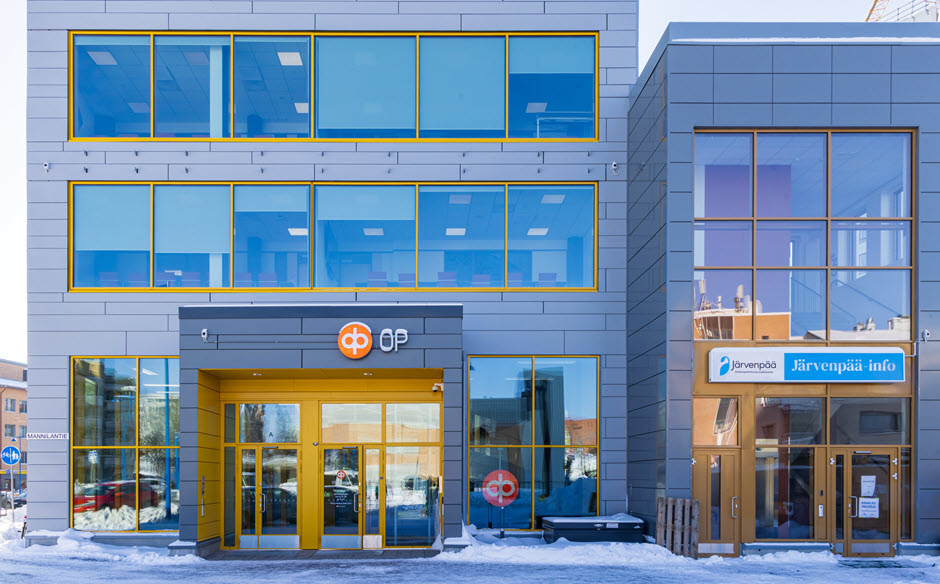
When you want to create a living urban space, it’s a good idea to have apartments, services and jobs overlapping with each other. Housing brings new users and vitality to the city centre’s services as well as social control of the environment.
“When people live, move around and hang out in the city centre at all hours of the day, the entire area becomes safer,” Meuronen explains.
Perttula shares how plans for the future depict the entire station area as a high-rise construction area.
“It’s a sign of a growing city. If anything, the city centre is an area where high-rise construction is justified,” Perttula says.
“High-rise construction is an incredibly purposeful way of adding new apartments to a dense city centre,” Meuronen confirms.
Järvenpää has strong appeal
There’s a need for new apartments, as Järvenpää is one of the fastest growing municipalities in the Helsinki region, and the growth is not going to slow down in the future.
“Accessibility is our asset. We are 25 minutes from the Helsinki city centre, and the price standard is more affordable than Helsinki,” Perttula says.
If the capital region wants to create a 15-minute city, Järvenpää is more of a five-minute city for the new residents in the centre blocks. All services are just a few minutes away on bike or foot.
Järvenpää’s appeal can be seen in the fast progress of projects in the city centre.
“The Bulevardikortteli block has been a concrete start to the development of the entire city centre,” Perttula explains.
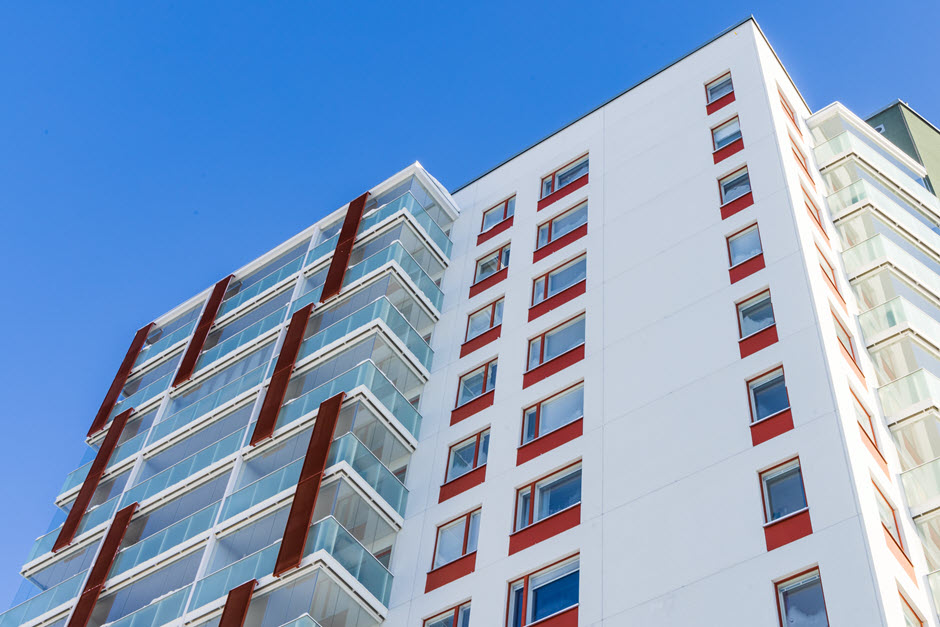
On the other side of the pedestrian street, a change in the OP block’s zoning plan is already under way for the next compaction project increasing the city centre’s vitality.
“A very dense city centre is emerging to the pedestrian street’s starting point,” Perttula says.
The nearby streets and the Janne pedestrian street will also be renewed once the Bulevardikortteli block construction site is complete. New construction in the city centre will continue even after that.
“In accordance with the local master plan, the growth of the city happens mainly near the stations, thus making the current urban environment denser,” Perttula says.
Compaction is the most responsible method of construction
In the designers’ visions, the future Järvenpää city centre is lively, vibrant and safe. The responsibility of construction has become a key value in the 2020s. The environmental impact of construction is lessened through all possible means. LEED Gold environmental certification will be applied for the block’s office buildings.
What’s even more important is that new construction in Järvenpää will not take space from nature. The most challenging part of the planning was the block’s green yard deck, which combines both the housing companies’ own playgrounds, the public green space functioning as the city’s residents’ living room as well as plant species favoured by pollinators, which are important to the urban ecology.
Utilising the existing infrastructure and urban structure is the most ecological way to renew a city.
“I consider the compaction of the city centre a good and responsible way of developing the urban structure,” Meuronen says.
Moving on together
Meuronen reminds us that the world is full of ambitious plans that never see the light of day.
“The project is feasible only once the desires and objectives of the various parties, a good plan and finances meet.”
This is exactly what happened in Järvenpää.
“Since the beginning, this has been a good example of true partnership. We have reconciled our objectives, everyone has listened to everyone, and we have all had the motivation to further this project,” Perttula explains.
Kilpinen also thinks that the pace of progress has been extraordinary.
“Once the partnership had been agreed upon, it took less than a year to have the plans and a new local detailed plan ready for construction.”
